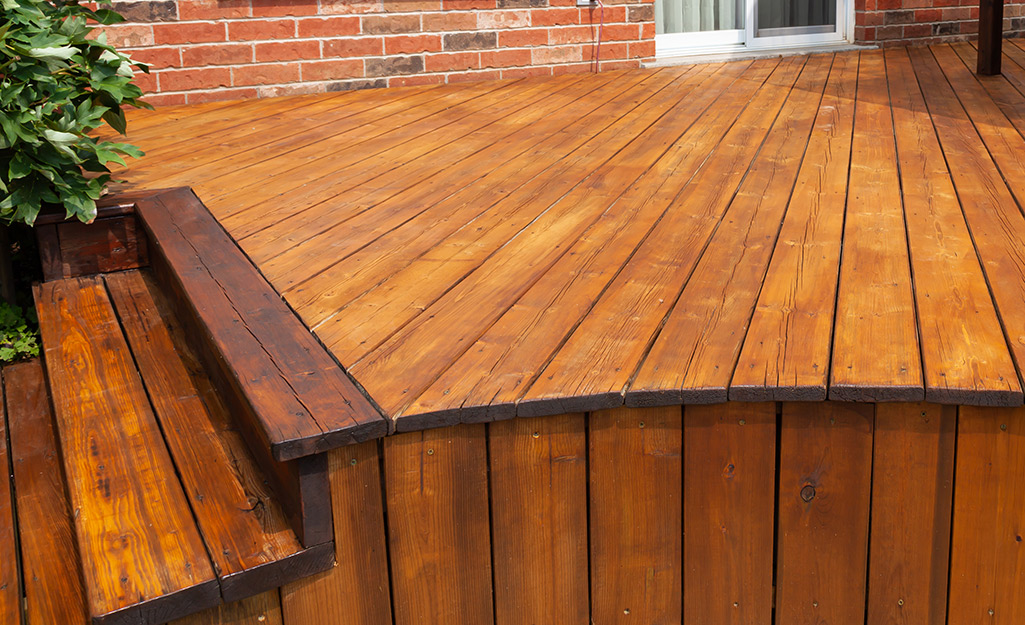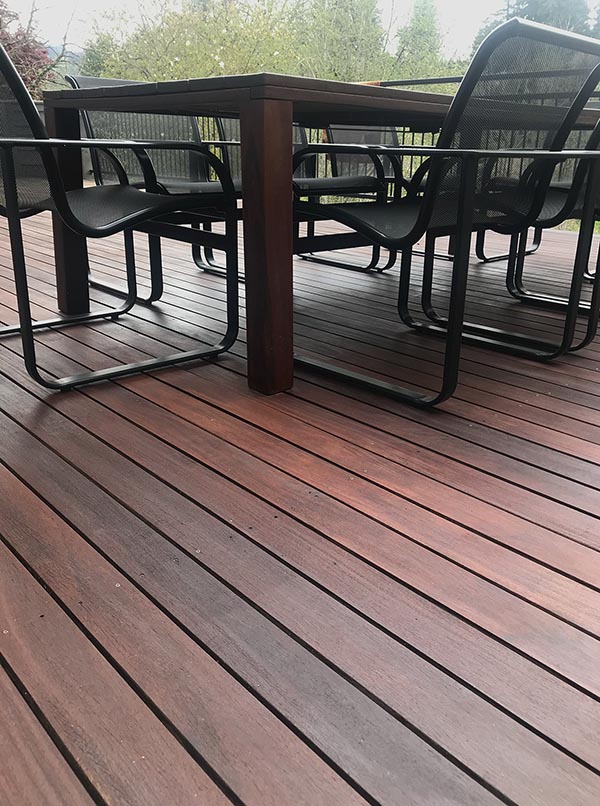Refresh Your Deck's Look with Expert Wood Deck Restoration!
Revitalize Your Outdoor Room With Specialist Deck Repair Solutions
When it comes to reviving your deck, expert repair options can make a significant distinction in both the appearance and long life of your exterior space. From evaluating the existing problem of your deck to choosing the right discolor and protective finish, there are essential steps to take to guarantee a successful restoration project.
Evaluating the Condition of Your Deck

Loose or unsteady railings can threaten the safety of the deck, specifically in high-traffic locations. Evaluate the general cleanliness of the deck, as particles and mold and mildew build-up can increase wear and tear.
Cleaning and Preparing the Surface Area
To make sure ideal remediation outcomes, thorough cleansing and thorough surface area prep work are crucial actions in revitalizing a deck to its previous glory. Prior to starting the cleansing process, it is vital to eliminate all furniture, plants, and various other products from the deck to have unrestricted access to the entire surface (wood deck restoration). Begin by brushing up away debris, leaves, and dirt making use of a rigid mop or brush. Following this, a power washer can be used to deep tidy the wood, removing ingrained dirt, mold, and old coatings properly. Treatment should be taken not to make use of excessive pressure, which might harm the timber fibers. After cleaning, enable the deck to completely dry entirely before waging the next steps.
Surface area preparation entails inspecting the deck for any kind of indications of damage, such as decomposing or loosened boards, which should be quickly resolved. Sanding the surface area gently can help ravel any harsh spots and prepare the wood for staining or securing. In addition, using a wood brightener can aid restore the deck's all-natural color and prepare it for the last remediation steps.
Repairing Damaged Areas and Frameworks
Resolving the architectural stability of the deck entails recognizing and rectifying any type of jeopardized areas or elements that may impede the total repair process. When fixing damaged locations and structures, it is important to begin by inspecting the deck extensively. Try to find signs of rot, degeneration, cracks, or any kind of various other forms of damages that might compromise the safety and stability of the deck. Typical bothersome areas include joists, light beams, and support messages, which may need support or replacement.

Choosing the Right Deck Spot
Picking the proper deck stain is an important decision that dramatically impacts the total look and longevity of your deck. When choosing a deck tarnish, it is vital to consider elements such as the kind of wood your deck is made from, the wanted shade and coating, as well as the level of protection needed versus components like UV rays and moisture.
There are 2 major types of deck discolorations: clear and strong. Transparent spots enable the natural beauty of the timber to show through while giving basic security. Strong stains, on the other hand, offer even more shade choices and provide much better security against UV rays and dampness.
Prior to selecting a deck tarnish, it is suggested to examine a small area to see exactly how the discolor will certainly find more information view your deck. Additionally, guarantee that the discolor you select is suitable with the kind of wood and any type of previous surfaces on your deck to accomplish the finest results. By thoroughly thinking about these elements, you can pick the appropriate deck discolor that boosts the elegance of your outdoor room while supplying resilient protection.
Applying a Safety End Up
As soon as you have selected the proper deck tarnish, the following action in the repair procedure involves using a protective finish. Applying a safety finish is vital to prolonging the life of your deck and preserving its look. The safety coating functions as an obstacle versus rough weather problems, UV rays, foot web traffic, and wetness, assisting to prevent rot, mold and mildew, and discoloration.
Before applying the safety finish, ensure that the deck is clean, dry, and totally free of any particles. Think about making use of a sealer or waterproofing product specifically designed for exterior timber surfaces. These products come in numerous formulations, including clear sealants that highlight the all-natural beauty of the timber and colored choices that include shade while shielding the deck.
When using the protective finish, adhere to the producer's guidelines thoroughly. Use a brush, roller, or sprayer to evenly coat the deck surface area, operating in the instructions of the wood grain. Apply multiple slim layers as opposed to a solitary thick layer for far better absorption and insurance coverage. Allow each layer to dry entirely prior to applying the following layer. Regularly keeping the protective surface will certainly help keep your deck looking see beautiful and safeguarded for many years ahead.
Verdict
To conclude, restoring your outdoor area through professional deck restoration options includes examining the problem of the deck, cleaning and preparing the surface area, fixing any kind of damaged areas, picking the right why not check here deck tarnish, and applying a protective finish. deck restaining. By adhering to these steps, you can make sure that your deck continues to be in excellent condition and proceeds to boost the total aesthetic of your exterior area